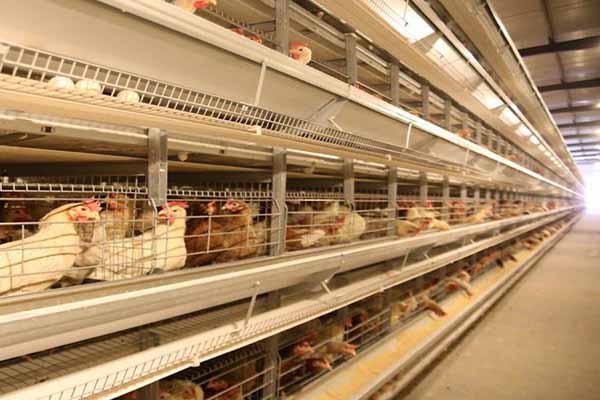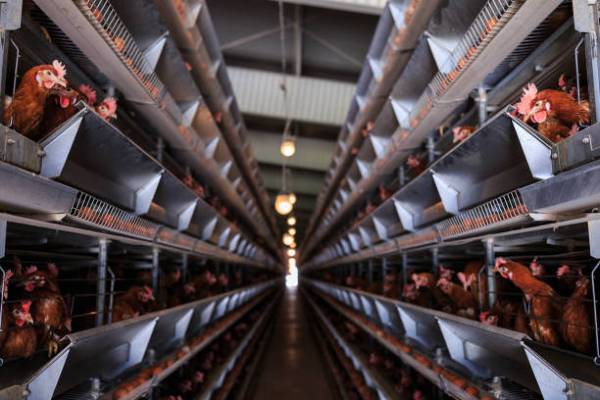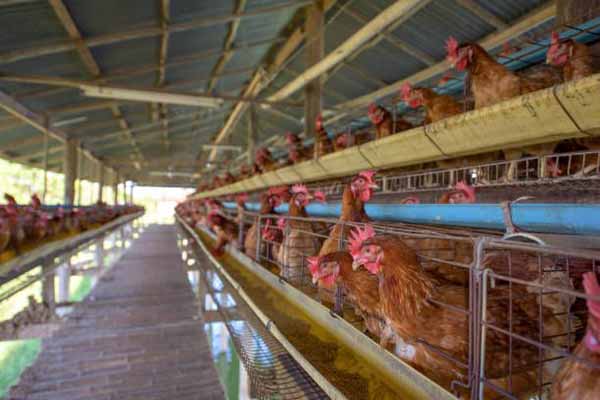Cage for Rural Poultry Programs: Enhancing Efficiency and Productivity
Introduction
Rural poultry programs play a crucial role in food security and income generation for many farmers. The right cage system can significantly enhance the efficiency and productivity of these programs. In this article, we will explore the benefits of using cages for rural poultry programs and how they can be effectively implemented.
Benefits of Cages in Rural Poultry Programs
- Improved Health and Hygiene: Cages help prevent diseases by reducing the spread of pathogens and pests.
- Increased Egg Production: Properly designed cages can lead to a higher laying rate, improving the economic viability of the program.
- Space Efficiency: Cages maximize the use of space, allowing for more birds per square meter.
- Ease of Management: Cages make it easier to monitor and manage the flock, ensuring the best possible care.
Data from a study conducted in rural poultry programs in Africa shows that the use of cages resulted in a 20% increase in egg production and a 15% reduction in mortality rates.

Types of Cages for Rural Poultry Programs
There are various types of cages suitable for rural poultry programs, each with its own advantages:

- Layer Cages: Designed for laying hens, these cages typically have a height of 40-50 cm and are equipped with a feeding and watering system.
- Brooder Cages: Used for chicks, these cages provide a controlled environment with heat lamps and a feeding system.
- Free-Range Cages: Combining the benefits of confinement and free-range, these cages allow hens to roam while still being protected from predators and diseases.
Implementation of Cages in Rural Poultry Programs
Implementing cages in rural poultry programs requires careful planning and consideration of the following factors:

- Design and Construction: Cages should be designed to accommodate the specific needs of the birds and the local environment.
- Material and Durability: Use high-quality materials that can withstand harsh weather conditions and provide a long service life.
- Cost and Budget: Consider the cost of the cages and their long-term maintenance.
- Training and Support: Provide training for farmers on how to properly use and maintain the cages.
Conclusion
Investing in a proper cage system for rural poultry programs can significantly improve the efficiency and productivity of these programs. By choosing the right type of cage and implementing it effectively, farmers can achieve better health, higher egg production, and increased income.
For more information on choosing the right cage for your rural poultry program, or to get a free design and equipment quote from LIVI Mechanical, please leave a comment below or contact us directly.




